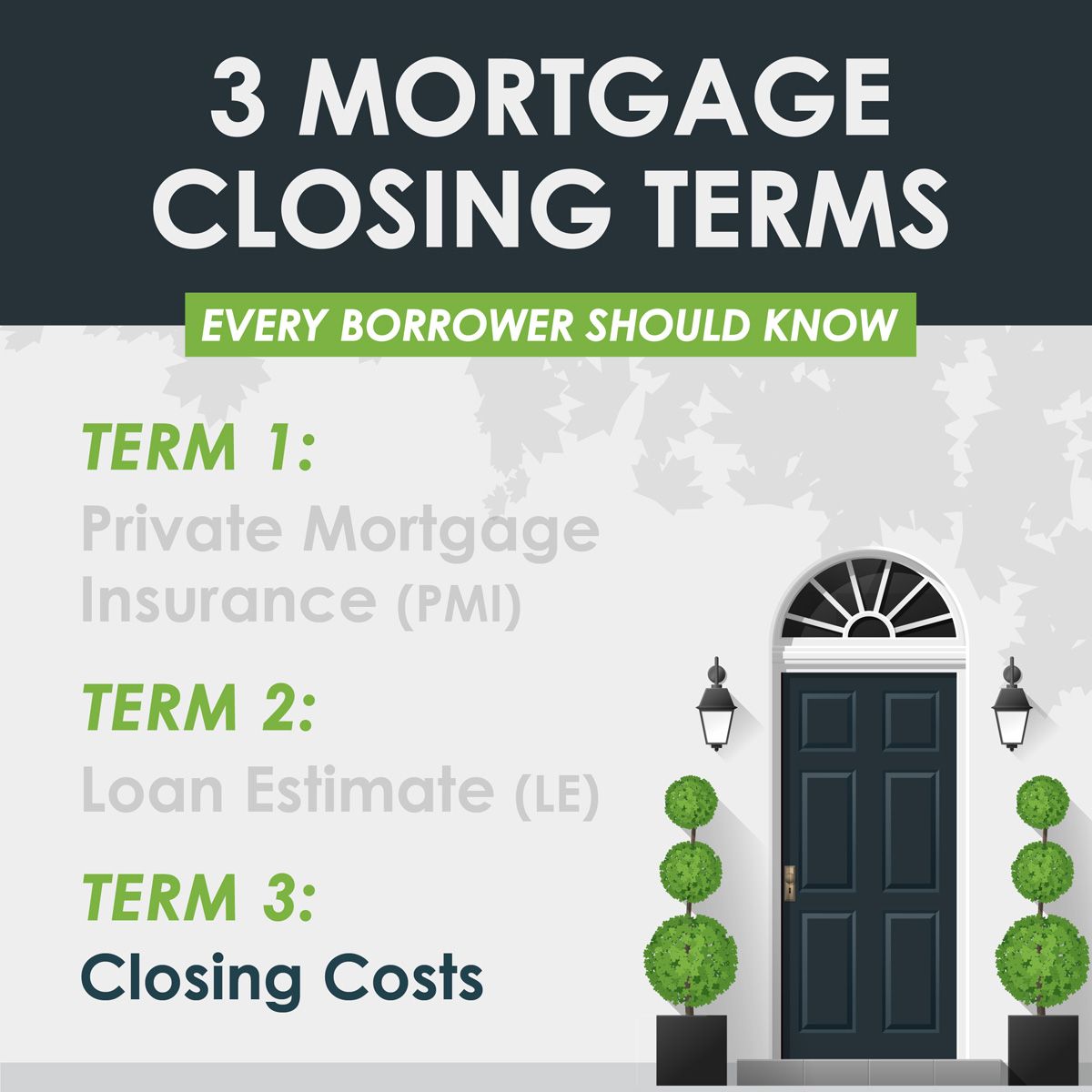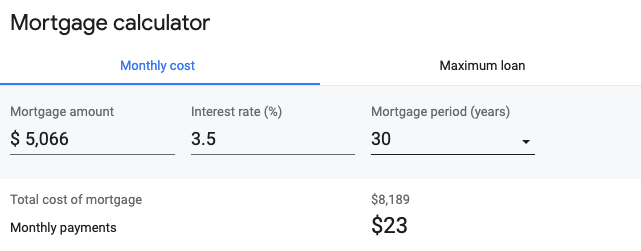
The margin is the difference between your interest rate and the index rate. 5/1 ARM mortgage rates are determined by the margin. The index rate fluctuates over time, but the margin is typically set at the start of the loan term and remains unchanged during the life of the loan. The margin is the lower, so you'll pay less interest over the term of your loan.
15-year fixed vs. ARM 5/1
When shopping for a mortgage, it is important to understand the differences between fixed rates (15-year) and adjustable rates (5/1 ARM). There are many similarities between the types of mortgages, but there are also some differences worth your consideration. A 15-year fixed-rate mortgage will have a fixed payment for its entire term. An ARM, on the other hand, will adjust its interest rates based upon the mortgage document. This means that every change in index value will result in the payment being adjusted. Fixed-rate mortgages are more expensive than ARMs because they have a shorter tenure.
Five-year adjustable rate mortgage rates are more expensive than 15-year fixed rate mortgages. This is due partly to the fact that five-year ARM interest rates have fallen since mid-2000s. In 2006, the average 5/1ARM rate was 6.08%. In 2010, it was 3.82%. The 15 year fixed rate mortgage currently stands at 5.90% with an 0.1-point downpayment. In contrast, the 5/1 ARM is now at 5.36% with a 0.3-point-down payment.

Interest rate caps on 5/1ARMs
The interest rate caps for 5/1ARMs restrict how much the interest rates can increase over the course of the loan. The index, the initial year's interest rates and the margin reflect these caps. The caps may be increased once a year, or every two years in some cases. In other cases, they are set to increase every five years.
In some cases, the cap may not be applied to the initial interest rate. The introductory rate is less than the rate that would be applied if the loan was a fixed-rate. In many cases, the initial rate is one percentage point lower than that which would be applicable at the end of the fixed five-year period. After the fixed-rate period has ended, however, the interest rate can be significantly higher than the initial rate. Many ARMs include an interest rate limit to stop this happening. It can be either a monthly cap or a lifetime cap that limits the interest rate rise over the loan's life.
Monthly payments can be kept affordable by using 5/1 ARMs with interest rate caps. The monthly payment increases if the interest rates are higher. It is therefore crucial to check that the interest rates caps are appropriate for your particular situation.
Cost of a 5/1 loan
The potential consequences of taking out an ARM 5/1 loan should be considered. This loan will require you to pay an adjustable interest rate based on market index. These mortgages come with caps that limit the rate of interest rate increase. The initial cap limits the rate at which the loan interest can increase for the first year. While the periodic cap limits the rate at which the loan will adjust, it is not possible to increase the rate by more than 10% per month.

The initial interest rates on 5/1 ARM loans are typically very low. This makes them attractive to short-term home owners. However, the rate is only fixed over five years. It then adjusts based upon the prevailing interest rate plus any margin. This is why the financial sector is currently phasing out this type mortgage. The process began over the past year and will continue until most lenders stop using this type of loan. Changes to financial indices are among the reasons for this phase-out.
FAQ
How can I fix my roof
Roofs can leak because of wear and tear, poor maintenance, or weather problems. Roofing contractors can help with minor repairs and replacements. Contact us for further information.
What should I look out for in a mortgage broker
A mortgage broker is someone who helps people who are not eligible for traditional loans. They work with a variety of lenders to find the best deal. There are some brokers that charge a fee to provide this service. Others offer no cost services.
Can I purchase a house with no down payment?
Yes! Yes. These programs include FHA, VA loans or USDA loans as well conventional mortgages. You can find more information on our website.
Statistics
- This means that all of your housing-related expenses each month do not exceed 43% of your monthly income. (fortunebuilders.com)
- 10 years ago, homeownership was nearly 70%. (fortunebuilders.com)
- Based on your credit scores and other financial details, your lender offers you a 3.5% interest rate on loan. (investopedia.com)
- Some experts hypothesize that rates will hit five percent by the second half of 2018, but there has been no official confirmation one way or the other. (fortunebuilders.com)
- Private mortgage insurance may be required for conventional loans when the borrower puts less than 20% down.4 FHA loans are mortgage loans issued by private lenders and backed by the federal government. (investopedia.com)
External Links
How To
How to become a broker of real estate
An introductory course is the first step towards becoming a professional real estate agent. This will teach you everything you need to know about the industry.
The next step is to pass a qualifying examination that tests your knowledge. This requires studying for at minimum 2 hours per night over a 3 month period.
After passing the exam, you can take the final one. You must score at least 80% in order to qualify as a real estate agent.
If you pass all these exams, then you are now qualified to start working as a real estate agent!